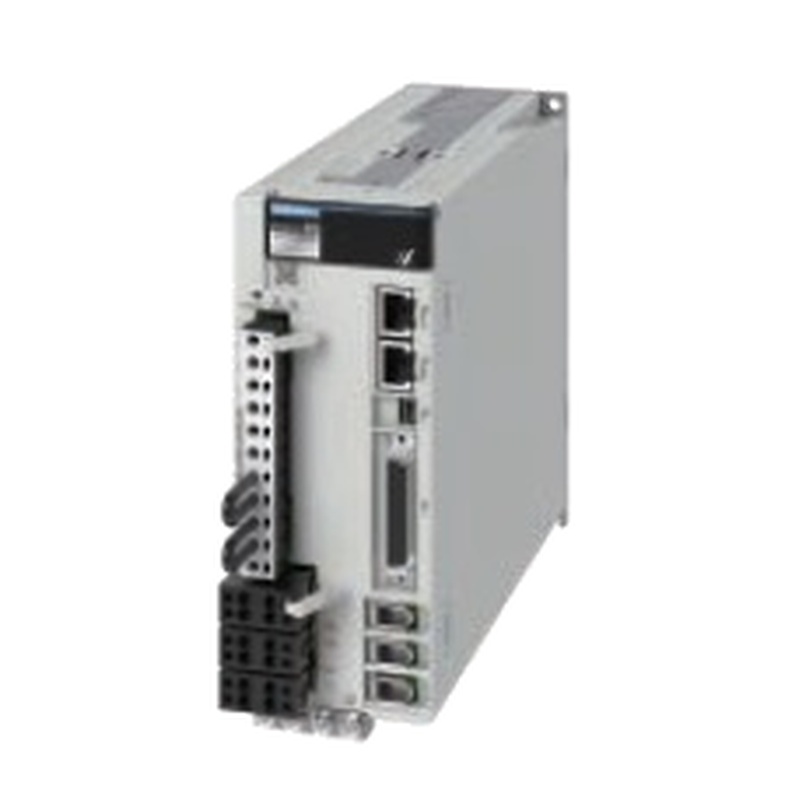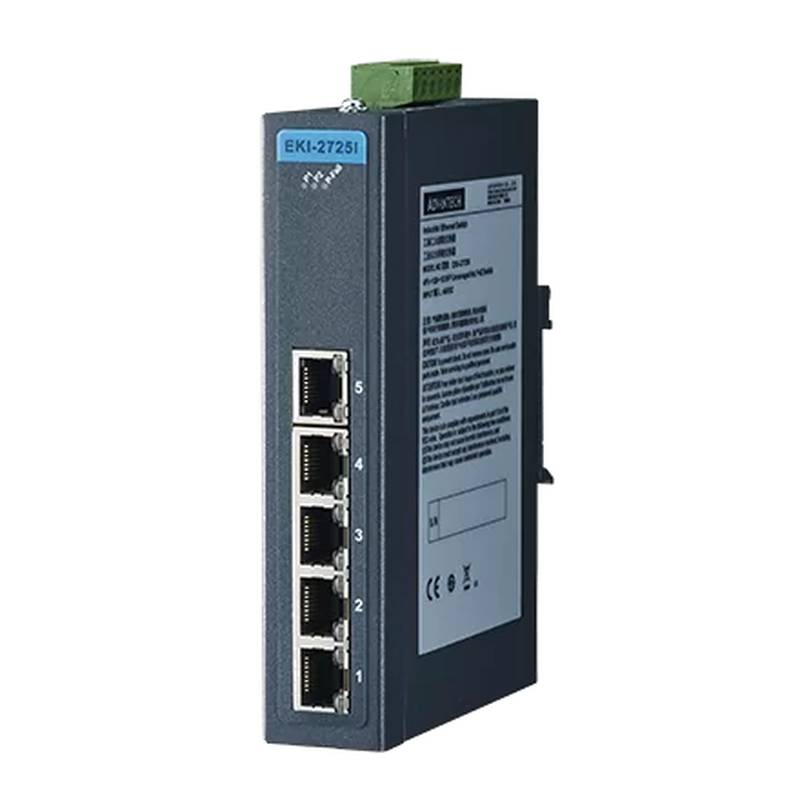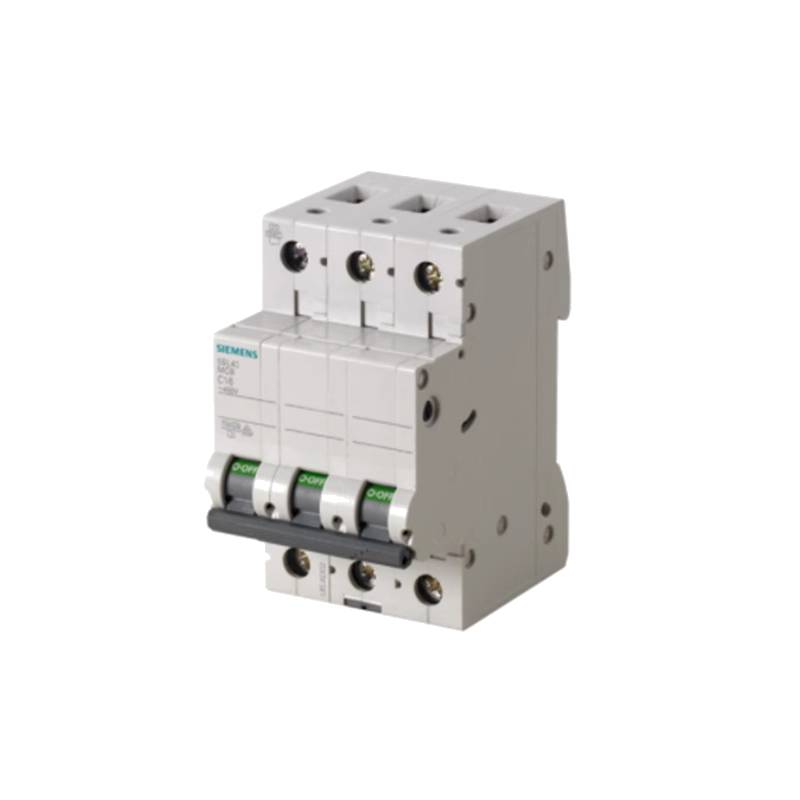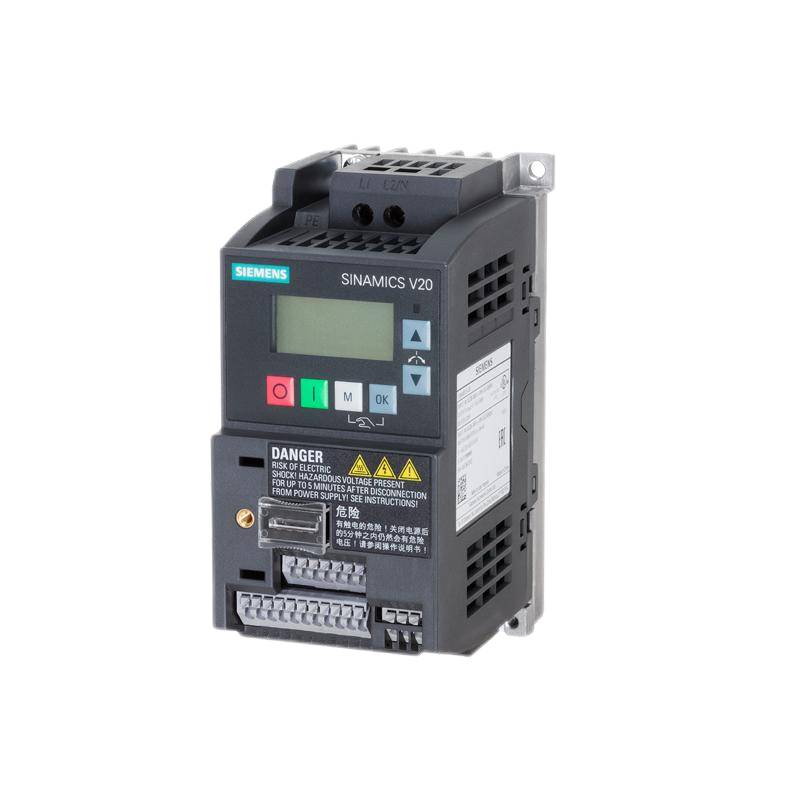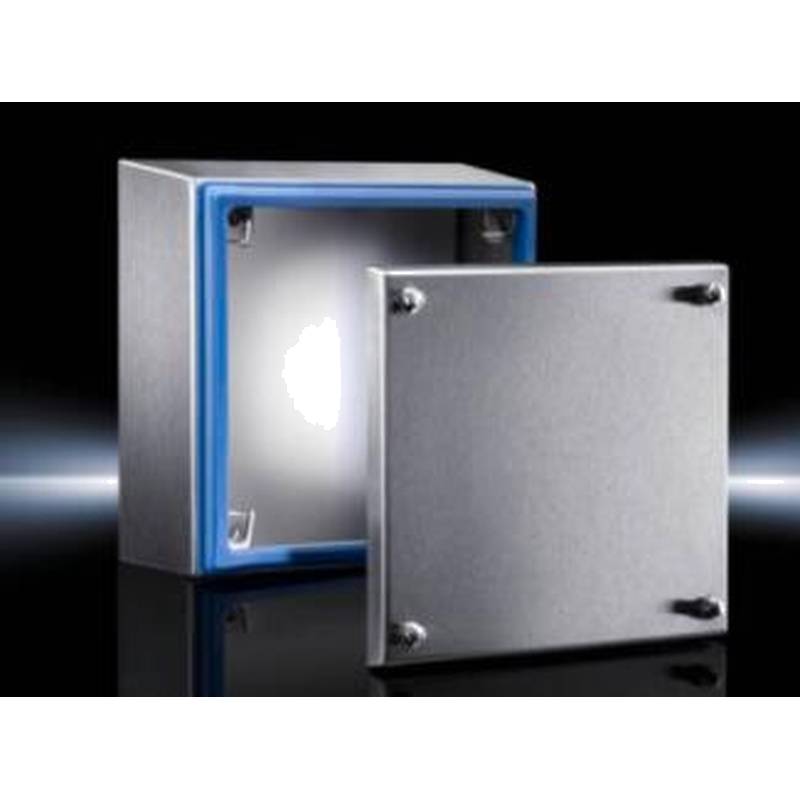
The Siemens 5SU9356-8CN10 RCBO is a highly reliable and compact residual current circuit breaker with overcurrent protection, designed for demanding electrical installations. This single-pole plus neutral (1P+N) device offers robust circuit protection with a 10A current rating and a sensitive 30mA tripping current, ensuring superior safety against electric shock and fire hazards. Its Type D tripping characteristic makes it ideal for circuits with high inrush currents, such as those found with motors and transformers, preventing nuisance tripping while maintaining essential protection. Engineered for efficiency and ease of integration, the 5SU9356-8CN10 is a cornerstone for modern building and industrial electrical systems, delivering dependable performance and peace of mind.
Product Specifications
| Feature | Specification |
| :--------------------- | :----------------------------------------------- |
| Product Type | RCBO (Residual Current Circuit Breaker with Overcurrent Protection) |
| Manufacturer | Siemens |
| Model Number | 5SU9356-8CN10 |
| Poles | 1P+N (Single Pole + Neutral) |
| Rated Current (In) | 10 A |
| Rated Residual Current | 30 mA |
| Tripping Characteristic | Type D |
| Rated Voltage (Un) | 230/240 V AC |
| Breaking Capacity (Icn)| 6 kA |
| Frequency | 50/60 Hz |
| Terminal Type | Screw Terminals |
| Mounting Type | DIN Rail |
| Operating Temperature | -25°C to +45°C |
| Protection Type | Overcurrent, Short Circuit, Earth Leakage |
Core Features & Market Positioning
The Siemens 5SU9356-8CN10 RCBO stands out in the market due to its robust construction and advanced protection capabilities. Its integration of residual current detection and overcurrent protection in a single, compact unit simplifies electrical panel design and reduces installation time and cost. The Type D tripping curve is a significant differentiator, specifically engineered to handle inductive loads common in industrial settings, thereby minimizing unwarranted shutdowns. This positions the 5SU9356-8CN10 as a premium choice for applications where reliability and protection against both overload, short circuits, and earth leakage are paramount, often favored over standard Type B or C breakers in such scenarios.
Key Application Scenarios
This Siemens RCBO is exceptionally well-suited for a variety of demanding applications. It is a vital component in residential and commercial distribution boards, especially for circuits feeding appliances with high starting currents like refrigerators, air conditioners, and pumps, ensuring safety without compromising functionality. In industrial environments, the 5SU9356-8CN10 is indispensable for protecting circuits connected to machinery, motor control centers, and transformers where temporary overcurrents during startup are expected. Its 30mA sensitivity makes it a critical safety device for circuits requiring enhanced protection against electric shock, such as those in wet areas or areas with conductive flooring.
Practical System Integration Guidance
Integrating the Siemens 5SU9356-8CN10 RCBO into existing or new electrical systems is straightforward due to its standard DIN rail mounting and familiar terminal configurations. Ensure the supply conductors are connected to the line terminals (marked with symbols or specific orientation) and the load conductors to the corresponding load terminals. Proper termination is crucial; strip the insulation to the recommended length and tighten the screw terminals firmly to prevent loose connections, which can cause overheating. The neutral conductor should be connected to the neutral terminal, and the line and neutral phases must be correctly aligned with the device's internal switching mechanism for accurate operation. For systems requiring multiple RCBOs, maintain adequate spacing between devices for heat dissipation and ensure the main distribution board is rated to handle the total connected load.
Operation and Risk Mitigation
The Siemens 5SU9356-8CN10 RCBO operates by continuously monitoring the balance of current between the live and neutral conductors. If an imbalance exceeding 30mA occurs, indicating a potential earth fault or leakage current, the device rapidly trips, disconnecting the circuit and preventing electric shock or fire. In the event of an overcurrent fault (overload or short circuit), the thermal or magnetic tripping mechanisms engage, also disconnecting the circuit. To mitigate risks, always ensure the RCBO is correctly rated for the circuit's load and that wiring is secure. Regular testing of the residual current function using the integrated test button is recommended to verify its operational integrity. If the device trips repeatedly, investigate the cause thoroughly; persistent tripping may indicate a wiring fault, a faulty appliance, or a problem with the load itself.
Scalability & Long-Term Value
The 5SU9356-8CN10 RCBO is designed with backward compatibility and a modular approach, facilitating integration into various Siemens electrical distribution systems. Its standard form factor ensures compatibility with a wide range of modern switchboards and enclosures, allowing for straightforward upgrades or expansions of existing protection schemes. While this specific model is a fixed-rated device, its reliable performance and adherence to stringent safety standards contribute to long-term value by minimizing downtime and the risk of electrical incidents. For smart building or industrial IoT (IIoT) integrations, it can be incorporated into systems managed by more advanced Siemens intelligent devices or automation platforms, providing foundational safety while enabling potential for remote monitoring of circuit status if connected to appropriate gateways and software.
Frequently Asked Questions (FAQs)
What is the primary function of the Siemens 5SU9356-8CN10 RCBO?
This RCBO provides combined protection against overcurrents, short circuits, and earth leakage faults. It ensures safety by disconnecting power when it detects dangerous current imbalances.
It is a vital safety device for preventing electric shock and mitigating fire risks caused by electrical faults. Its 30mA sensitivity is ideal for protecting individuals.
The device also safeguards equipment from damage due to overloads and short circuits. This dual protection is critical in many installations.
Can the Siemens 5SU9356-8CN10 RCBO be used for motor protection?
Yes, its Type D tripping characteristic is specifically designed for circuits with high inrush currents. This includes motors, transformers, and other inductive loads.
The Type D curve allows for higher temporary currents during startup without tripping. This prevents nuisance tripping while still offering protection.
It is crucial to ensure the rated current (10A) is appropriate for the specific motor's full load current and starting requirements.
How do I test the residual current function of the 5SU9356-8CN10?
The RCBO features an integrated test button, typically labeled 'T' or with a test symbol. Regularly press this button to simulate an earth fault.
When the test button is pressed, the RCBO should immediately trip, disconnecting the circuit. This confirms the residual current detection and tripping mechanism are functioning correctly.
It is recommended to test the RCBO monthly or as per local electrical regulations. If it fails to trip, it must be replaced immediately.
What does '1P+N' mean for this RCBO?
'1P+N' signifies that the RCBO protects a single pole (phase) and the neutral conductor simultaneously. It ensures both conductors are disconnected when a fault occurs.
This design is common for single-phase circuits where both the live and neutral wires need to be switched for complete isolation and safety. It simplifies wiring compared to separate single-pole devices.
Having the neutral pole switched is crucial for certain applications and safety standards, ensuring full isolation from the supply.
What is the significance of the 30mA tripping current?
A 30mA residual current sensitivity is the standard for personal protection against electric shock. It is the maximum current that a human body can typically tolerate without severe injury.
This sensitivity level allows the RCBO to detect even small leakage currents, which could indicate a fault or a person coming into contact with a live conductor. Rapid disconnection is key to safety.
Circuits in sensitive areas, like bathrooms or outdoor locations, often require RCDs or RCBOs with 30mA sensitivity by regulation.
What is a Type D tripping characteristic?
Type D tripping curves are designed for circuits with high inductive loads that draw large temporary currents upon energization. Examples include motors, transformers, and x-ray equipment.
The Type D curve provides a higher magnetic trip range, typically between 10 to 20 times the rated current. This prevents nuisance tripping during normal equipment startup.
It offers protection against short circuits while accommodating these inrush currents, making it suitable for specific industrial applications where standard Type B or C curves might trip prematurely.
Can I replace a standard MCB with this 5SU9356-8CN10 RCBO?
Yes, you can often replace a standard MCB with this RCBO, provided the current rating (10A) and tripping characteristics (Type D) are suitable for the circuit. This upgrade adds residual current protection.
Replacing an MCB with an RCBO enhances safety by adding protection against earth leakage, which an MCB alone does not provide. This is particularly important for increased safety requirements.
Always consult an electrician to ensure compatibility and compliance with local electrical codes before making any substitutions.
What is the breaking capacity of the 5SU9356-8CN10?
The breaking capacity (Icn) of this RCBO is 6 kA. This indicates the maximum fault current the device can safely interrupt without being damaged.
A 6 kA breaking capacity is generally sufficient for most residential and commercial installations. It is important to ensure this rating is adequate for the potential fault levels at the installation point.
If the calculated prospective short-circuit current at the installation location exceeds 6 kA, a higher breaking capacity device would be necessary.
Where is the best place to install this Siemens RCBO?
This RCBO is ideal for installation in distribution boards, consumer units, or control panels. It provides protection at the point of the circuit's origin.
It is particularly beneficial for circuits supplying high-inrush appliances, machinery, or areas where enhanced shock protection is mandated by regulations. Common in industrial settings and demanding residential circuits.
Ensure proper ventilation around the RCBO within the enclosure to prevent overheating, especially when multiple devices are installed side-by-side.
What are the implications of frequent tripping with this RCBO?
Frequent tripping usually indicates a persistent fault condition in the circuit. It could be an appliance issue, wiring problem, or excessive load.
If the RCBO trips repeatedly, do not simply reset it. It is essential to identify and rectify the root cause of the tripping to ensure safety and prevent damage.
Consider performing a systematic check of all connected appliances and wiring for faults, or consult a qualified electrician for professional diagnosis.
















